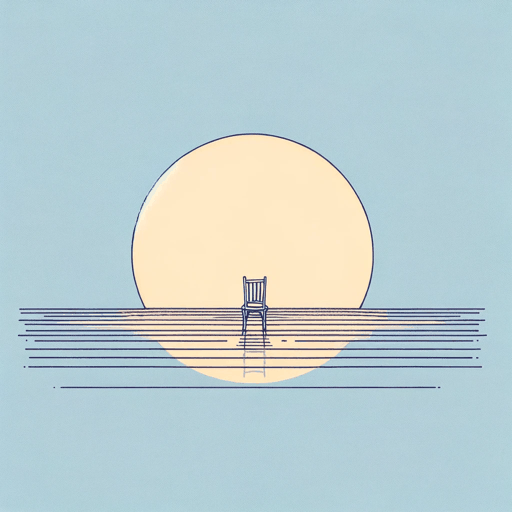18 pages • 36 minutes read
Ilya KaminskyWe Lived Happily During the War
Fiction | Poem | Adult | Published in 2013A modern alternative to SparkNotes and CliffsNotes, SuperSummary offers high-quality Study Guides with detailed chapter summaries and analysis of major themes, characters, and more.
Literary Devices
Form and Meter
The poem is written in free verse, meaning there is no consistent adherence to traditional verse structures. However, for Kaminsky—similar to T. S. Eliot—no verse is completely free. Meter and line length are intentionally and precisely employed to create specific effects for the reader. In an interview with The Hopkins Review, Kaminsky writes: “So when we speak about form, to my mind, we don’t just speak about end rhyme, and other such devices, we speak about patterns and ways in which the patterns intensify urgency” (Interview with Ilya Kaminsky, April 2, 2019, The Hopkins Review).
Although the poem is not structurally an ode the poem resembles the strophe, antistrophe, and epode of classical Greek odes. Each of these units alters line length, meter, and line break to create distinct, energetic units that grow in urgency. The first strophe adopts a relatable motif of moral responsibility and guilt, punctuated by the second sentence: “America / was falling: invisible house by invisible house by invisible house” (Lines 5-6).
The repetition holds incredible urgency. However, the antistrophe contrasts in a formidable way: “I took a chair outside and watched the sun” (Line 7).


